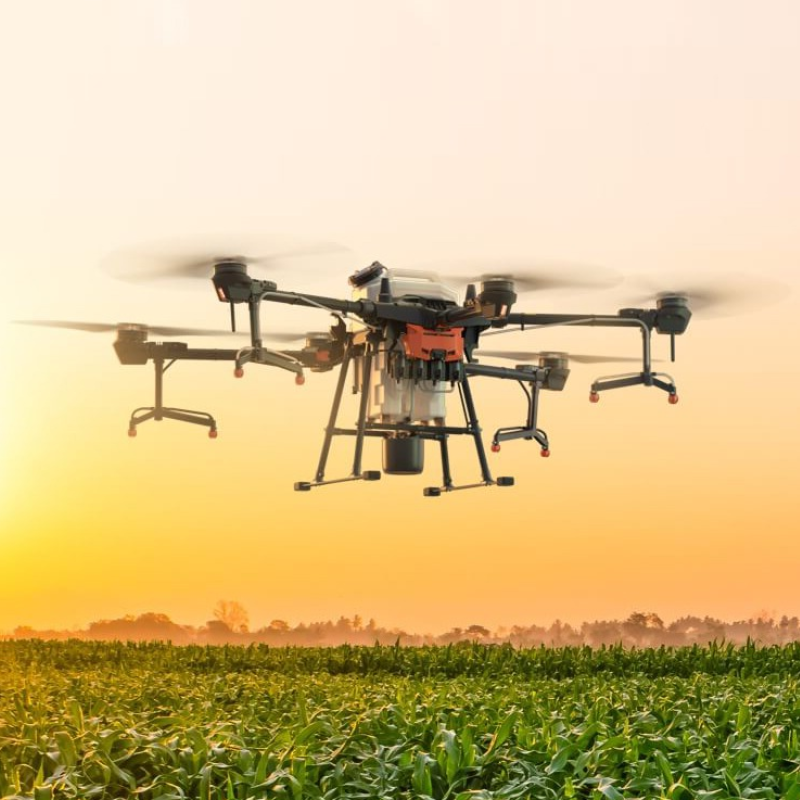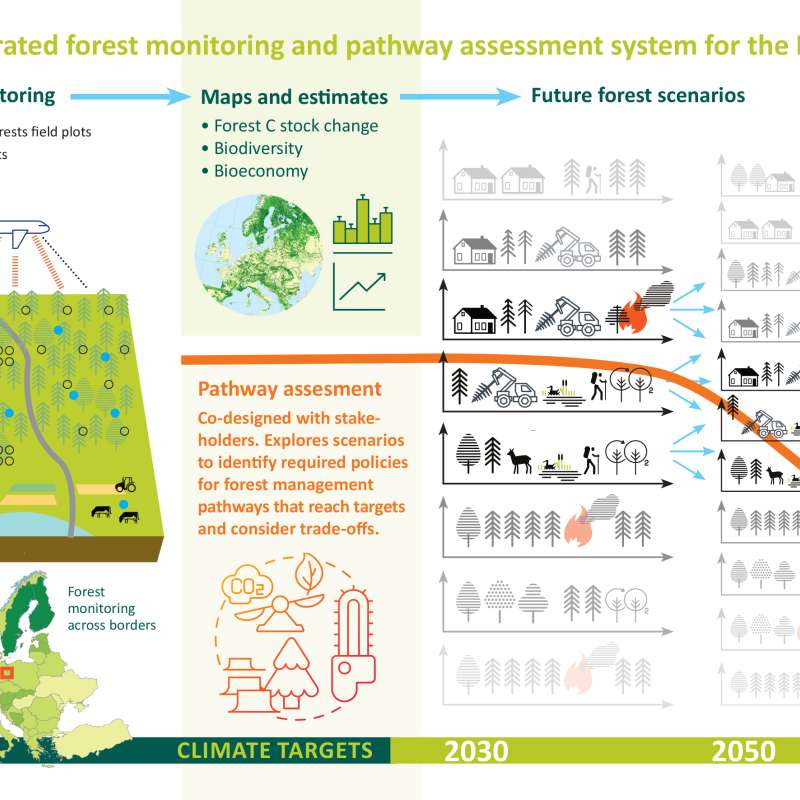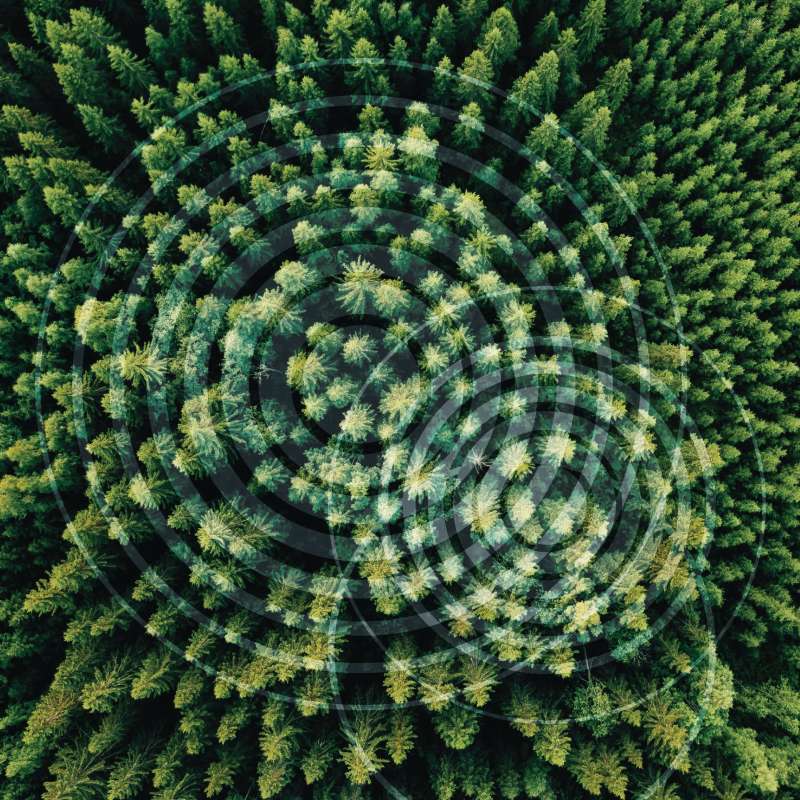Rasmus Astrup
Head of Research
Abstract
No abstract has been registered
Abstract
This article presents a novel, ultralight tree planting mechanism for use on an aerial vehicle. Current tree planting operations are typically performed manually, and existing automated solutions use large land-based vehicles or excavators which cause significant site damage and are limited to open, clear-cut plots. Our device uses a high-pressure compressed air power system and a novel double-telescoping design to achieve a weight of only 8 kg: well within the payload capacity of medium to large drones. This article describes the functionality and key components of the device and validates its feasibility through experimental testing. We propose this mechanism as a cost-effective, highly scalable solution that avoids ground damage, produces minimal emissions, and can operate equally well on open clear-cut sites as in denser, selectively-harvested forests.
Authors
Stefano Puliti Emily R. Lines Jana Müllerová Julian Frey Zoe Schindler Adrian Straker Matthew J. Allen Lukas Winiwarter Nataliia Rehush Hristina Hristova Brent Murray Kim Calders Nicholas Coops Bernhard Höfle Liam Irwin Samuli Junttila Martin Krůček Grzegorz Krok Kamil Král Shaun R. Levick Linda Luck Azim Missarov Martin Mokroš Harry J. F. Owen Krzysztof Stereńczak Timo P. Pitkänen Nicola Puletti Ninni Saarinen Chris Hopkinson Louise Terryn Chiara Torresan Enrico Tomelleri Hannah Weiser Rasmus AstrupAbstract
No abstract has been registered

Division of Forest and Forest Resources
SPADE: Multi-purpose physical-cyber agri-forest drones ecosystem for governance and environmental observation
The strategic objective of SPADE project is to develop an intelligent ecosystem to address the multiple purposes concept in the light of deploying unmanned aerial vehicles (UAVs alias drones) to promote sustainable digital services for the benefit of a large scope of end users in sectors of crop production, forestry, and livestock. This includes individual UAV usability, UAV type applicability (e.g., swarm, collaborative, autonomous, tethered), UAV governance models availability and UAV-generated data trustworthiness.

Division of Forest and Forest Resources
PathFinder
Towards an Integrated Consistent European LULUCF Monitoring and Policy Pathway Assessment Framework

Division of Forest and Forest Resources
SFI SmartForest: Bringing Industry 4.0 to the Norwegian forest sector
SmartForest will position the Norwegian forest sector at the forefront of digitalization resulting in large efficiency gains in the forest sector, increased production, reduced environmental impacts, and significant climate benefits. SmartForest will result in a series of innovations and be the catalyst for an internationally competitive forest-tech sector in Norway. The fundamental components for achieving this are in place; a unified and committed forest sector, a leading R&D environment, and a series of progressive data and technology companies.
